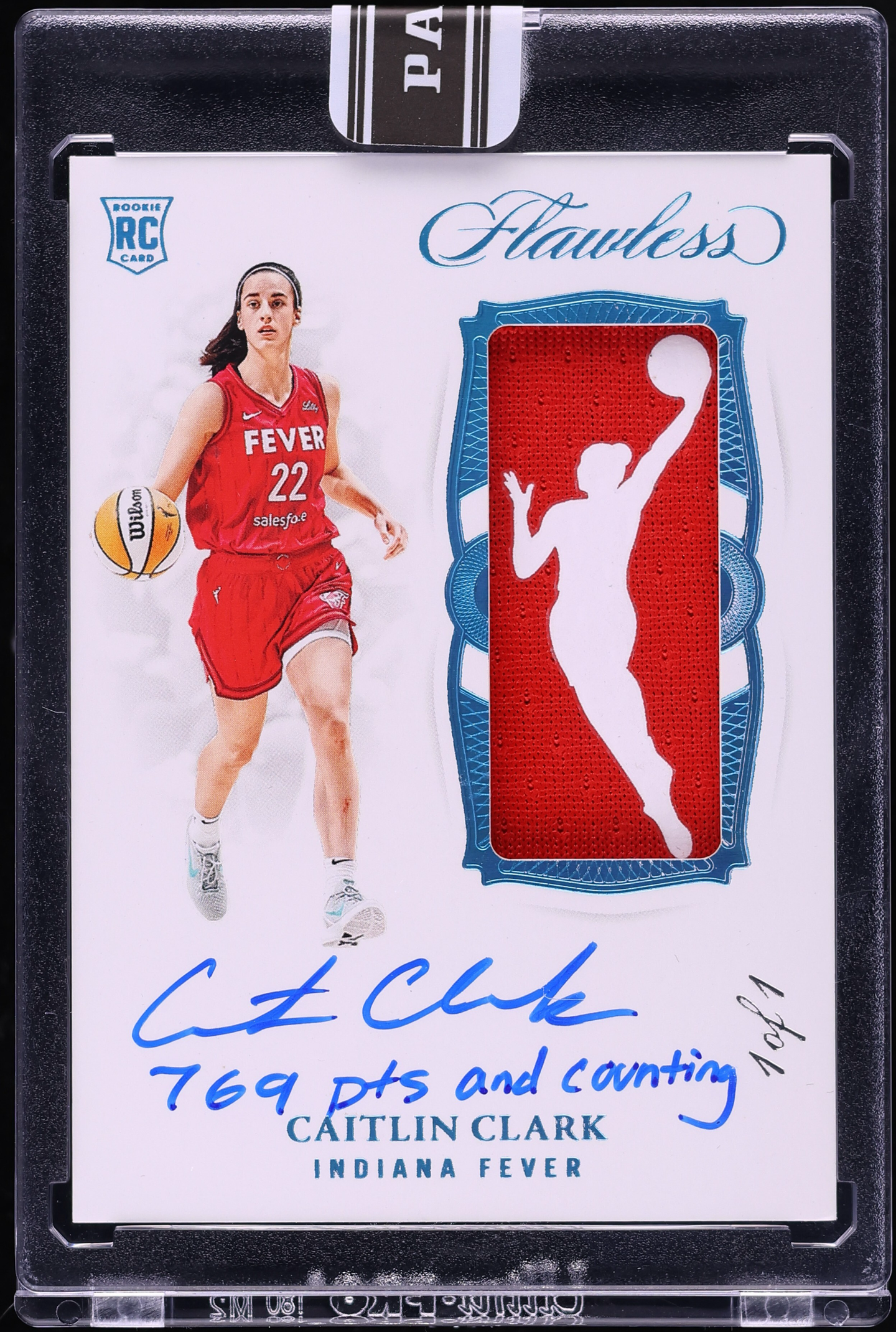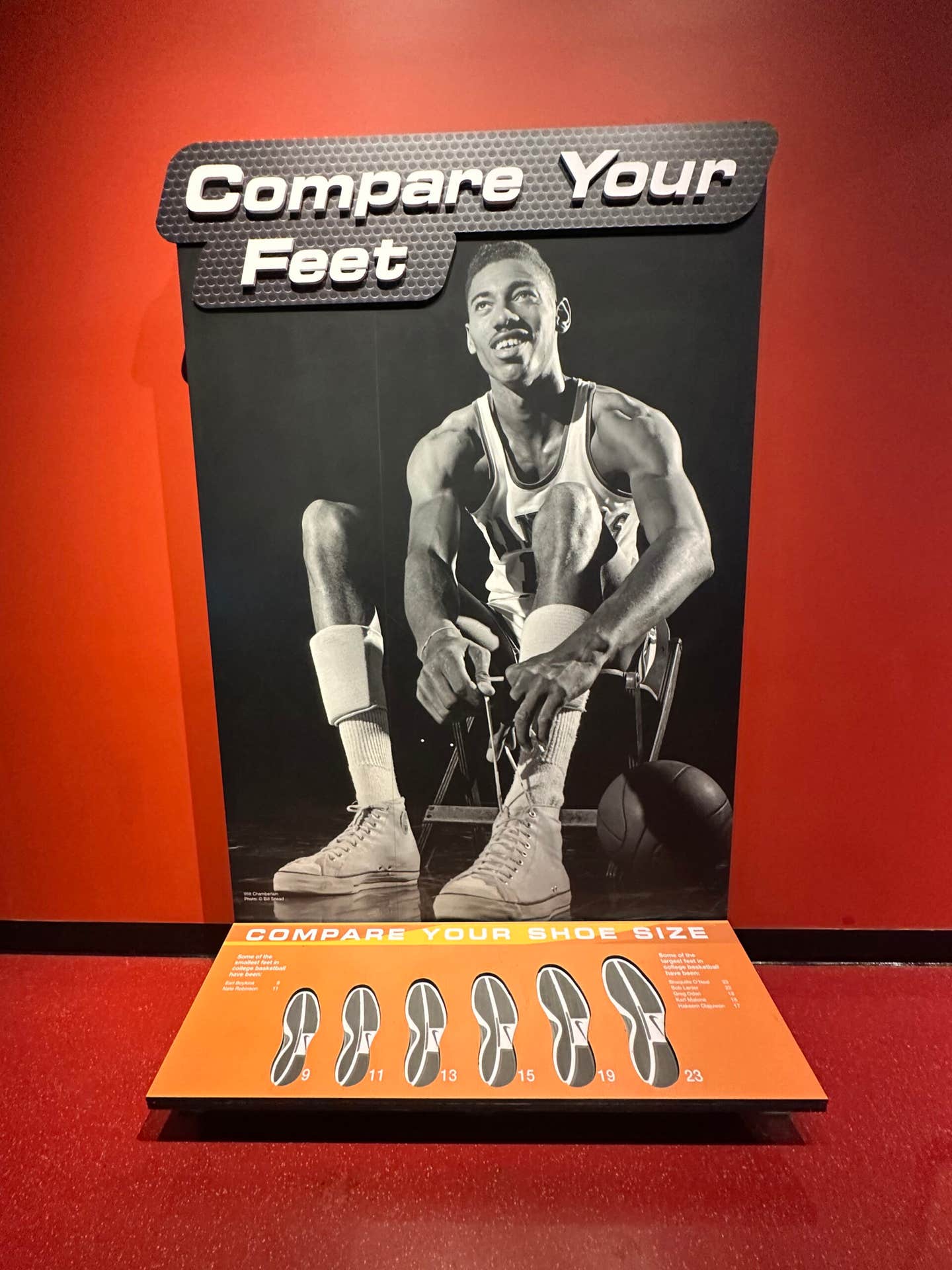News
Hobby Pioneers: The Bruce Yeko Interview
(This is a two-part interview with early card dealer Bruce Yeko. Part I covers Yeko’s involvement in the hobby through the mid-1960’s. Part II will be posted in the next two weeks and cover from the mid-1960s to the present.– Ed.)
Bruce Yeko was an interesting name that I remembered from the tales of the early collectors. I remembered reading that he had gone from Milwaukee to New York City in the early 1960’s and had millions of cards coming out of every nook and cranny of his apartment. Long-time collector and SCD reader George Husby contacted me to let me know that 70-year-old Bruce Yeko was “in rare form” recently as he reminisced with Husby about his career as a baseball card dealer, which started in the 1950’s. I thought I should try to reminisce a little with Yeko as well, so I gave him a call, sat back and listened.
Milwaukee Boy Visits Canada
The 1952 Topps high numbers proved to be an inspiration for the young Bruce Yeko getting into the card business. Yeko described how he had dabbled in baseball and football cards as a pre-teenager, remembering the awful colors of the 1948-49 Leafs and the less-than-exciting early Bowmans and 1951 Topps.
He also collected comics and records. He was 12 years old when he visited Canada with his parents in 1952. He came across a store selling Topps cards and bought a few. To his surprise, the cards were ones he had never seen before even though he had increased his “dabbling” in 1952 and had quite a few cards purchased from his meager allowance.
The cards Yeko found were the 1952 Topps high numbers that included Mickey Mantle, Jackie Robinson, Roy Campanella and others. Yeko knew a good thing when he saw it. He pleaded with his mother that he needed a large advance against future allowances. He was successful in talking his mother out of about $1 and bought all the cards he could.
He returned home with his unique stash of Topps high numbers anxious to tell the card-collecting world about his find. Yeko soon found though that the guys his age in the neighborhood who had been collecting cards in the previous year had now put aside such frivolities and had retired from the penny-card collections. In order to get any positive reinforcement for his “find,” Yeko approached a young collector who was his junior by a full year. This young collector was appropriately impressed with the cards. The entire episode taught Yeko lessons about cards, collecting and marketing.
Always Thinking
Yeko was a good student but perhaps even better at trying to analyze opportunities. As a fan of the newly-arrived Milwaukee Braves, he would try to get autographs. He found that many others had the same idea and would overwhelm the Braves players. No one though seemed to bother the visitors very much. Why not avoid the crowds and track down the visitors?
Stan Musial wasn’t too bad a ballplayer. Yeko found that if you arrived at the park in the seventh inning, you could get in for free. This worked well with his school schedule. He started hanging around the visitors’ locker room area after the games and going to the Schroeder Hotel, frequented by visiting teams. He found people who looked like ballplayers, but he made a few wrong guesses at the outset. He decided to bring his baseball cards along to help identify the players and to have them sign the cards. This approach seemed to work fine and most players were glad to oblige.
American League players though didn’t visit Milwaukee. As Yeko got more addicted to the autograph hunt, he branched into the American League by mail. He started to write fan letters to players and asked them to sign for him. He even had reasonable luck sending baseballs and getting them signed.
He decided that he might have even better luck, if he could convince the team manager or a coach to have all his players sign the item or ball. Surprisingly, this was also reasonably successful. For example, he wrote coach Frank Crosetti of the Yankees and tactfully asked for his autograph as well as that of one other player – Mickey Mantle. That worked as well. You wouldn’t say that the young Bruce Yeko lacked initiative or had trouble thinking outside the box.
Yeko the Early Boy Dealer
While the rest of the guys put away their cards, Bruce decided to keep going. He wasn’t much of an athlete; he claims he couldn’t “throw, catch, or bat.” However, he was a great fan, very organized, and enjoyed collecting. If the other guys didn’t enjoy collecting anymore, he decided he could help them out and help redistribute the cardboard wealth to others who would appreciate the cards.
Confirming his concept was a 1956 ad he saw in The Sporting News which said that “collectors were willing to spend surprising amounts of money.” Yeko started buying cards from other youngsters. He kept some for his collection, but found that he could sell his surplus cards to dealers who would in return sell them to younger kids just like the youngster who appreciated his 1952 Topps high number find. Bruce and his boyhood friend, Jay Lerner, started reselling their purchases to part-time New York dealer Gordon B. Taylor, who was active in the late 1950s’ in reselling older cards.
Yeko also noticed though that the kids were not really as interested in the older cards as he was. They wanted the current year’s cards. He thought, why not start buying the current cards by the box and put together sets that he could sell for more than his investment?
One of his childhood friends was the son of a store owner who bought cards by the box rather than just the penny or nickel purchases that others made. That seemed to be the way to go. Buy in quantity, put together something of greater value, and sell to others who could help finance his own collecting.
Yeko Starts Selling Sets
He continued with his part-time card dealing putting together sets from the late 1950’s and early 1960’s from boxes and cases while attending the University of Wisconsin – Milwaukee. Yeko had noted the printing process used by Topps and how series and sheets were divided. He determined how many sets could likely be made from boxes of cards and how many cards would be left over. He also figured that it would be cheaper to get the cards without the gum or product and tried going directly to the manufacturers whenever he could.
Yeko started advertising that he had cards for sale. He received mail order responses and starting filling orders. He started to get a little gun-shy in advertising since he would be deluged with work. On a rare occasion a customer would come to the door of the Yeko residence. One such customer was 15-year-old Wisconsin collector George Husby, who remembers “tracking down Yeko at his house in 1960 and buying some non-sports cards from him at a reasonable price.” Larry Fritsch arrived from Stevens Point, Wis., during this time as well, stopping in to buy Johnston Cookies cards.
Yeko got to know Gordon B. Taylor, Woody Gelman and Marshall Oreck (of Oreck Vacuum Cleaning). At one time Taylor had worked helping Sam Rosen. Taylor’s cards wound up with Oreck. Sam Rosen was Woody Gelman’s father-in-law, who had retired from the garment business.
Gelman was the art director for Topps and encouraged his father-in-law to get into the card business. They figured that there were plenty of old surplus cards that Topps would be glad to relinquish.
Yeko makes the distinction that none of the early card dealers were “full-time card dealers” before he was. Goodie Goldfaden was certainly a full-time dealer well before Yeko, but dealt primarily with sports periodicals as opposed to cards.
Yeko the Young Accountant
Yeko graduated in 1962 with a degree in accounting. He had seen the bright lights of New York City years earlier and was particularly enthused about the glamour of Broadway shows. Why not get a job in accounting in New York City, keep the card business going on the side, and see every Broadway musical show?
He went to work for Touche Ross CPAs in New York in the summer of 1962. He took a room at the YMCA and started to follow his plan.
Yeko contacted Fleer Gum and was given a tour of their plant in Philadelphia. He thought he should go to the Topps plant in Brooklyn as well. With the help of Woody Gelman, Yeko got in the door of the plant, but not much further. Topps was suspicious of anyone wanting to wander through their facility.
Eventually Bruce confessed that he just wanted to buy cards, a case of cards for $31.80. A clerk agreed and asked for a shipping address and a check. He had brought cash and wanted to cart the stash with him, but he gave them his check and had the cards shipped to a New York hotel, since the YMCA wasn’t going to facilitate someone running a business out of one of their rooms. Nothing was easy for the early card dealers, but nothing was very expensive either.
Yeko’s accounting career turned out to be short-lived. He worked one busy season for Touche Ross and then was let go. He fumbled with the adding machines, had trouble developing enthusiasm while mired in the inventory and securities details, and his mind often wandered to his part-time business of card dealing, which seemed relatively more glamorous.
Touche Ross, in effect, made Yeko into a full-time dealer. He didn’t want to go back to Milwaukee, he liked the bright lights of New York, and he liked the cards. He decided to do it full time.
Yeko, Full-Time Card Dealer and Part-time Theatre Goer
In the summer of 1963 Yeko turned most of his efforts to card dealing; considerable time was also spent at Broadway shows, which could be attended for as little as $5.
The more Yeko advertised to buy and sell, the more cards started coming in the door of his small one-bedroom apartment on 78th Street. Yeko advertised in the Baseball Digest and other publications. He was consistent and prominent with his ads and his sales prices seemed right at $13 or $14 per set. Buying cards was pretty easy. Cards were not very valuable (some people were glad to get anything for their old cards) and there weren’t many dealers around to buy them. Yeko remembers “that no one ever walked out the door without selling me his cards.”
Fortunately, cards kept going out the door as well. His then-wife Doris joined in the fun as well handling the newest cards. The company, which was started while he was in high school, was called “Wholesale Cards Co.” because Bruce thought it would convey the idea that his prices were a good deal.
Collector Joe Isaac was a typical customer for the “new” cards and remembers “answering an ad Bruce had in Baseball Digest. This was the first mail-in order I bought as a kid. I had to save my allowance money.” But there were other adult collectors who found Bruce as well, including hobby veteran collector and dealer Irv Lerner, who bought from Yeko once he got back into the hobby in the early 1960s.
George Vrechek is a freelance contributor to Sports Collectors Digest and can be contacted at vrechek@ameritech.net.








